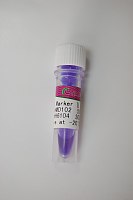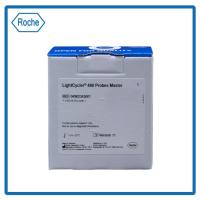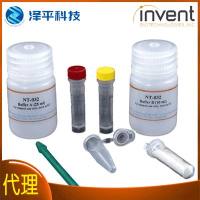In Situ Detection of Mature miRNAs in Plants Using LNA-Modified DNA Probes
互联网
658
MicroRNAs (miRNAs) play important roles in development in plants, and some miRNAs show developmentally regulated organ- and tissue-specific expression patterns. Therefore, in situ detection of mature miRNAs is important for understanding the functions of both miRNAs and their targets. The construction of promoter–reporter fusions and examination of their in planta expression have been widely used and the results obtained thus far are rather informative; however, in some cases, the length of promoter that contains the entire regulatory elements is difficult to determine. In addition, traditional in situ hybridization with the antisense RNA fragment as the probe usually fails to detect miRNAs because the mature miRNAs are too short (∼21 nt) to exhibit stable hybridization signals. In recent years, the locked nucleic acid (LNA)-modified DNA probe has been successfully used in animals and plants to detect small RNAs. Here, we describe a modified protocol using LNA-modified DNA probes to detect mature miRNAs in plant �tissues, including the design of LNA probes and detailed steps for the in situ hybridization experiment, using Arabidopsis miR165 as an example.









